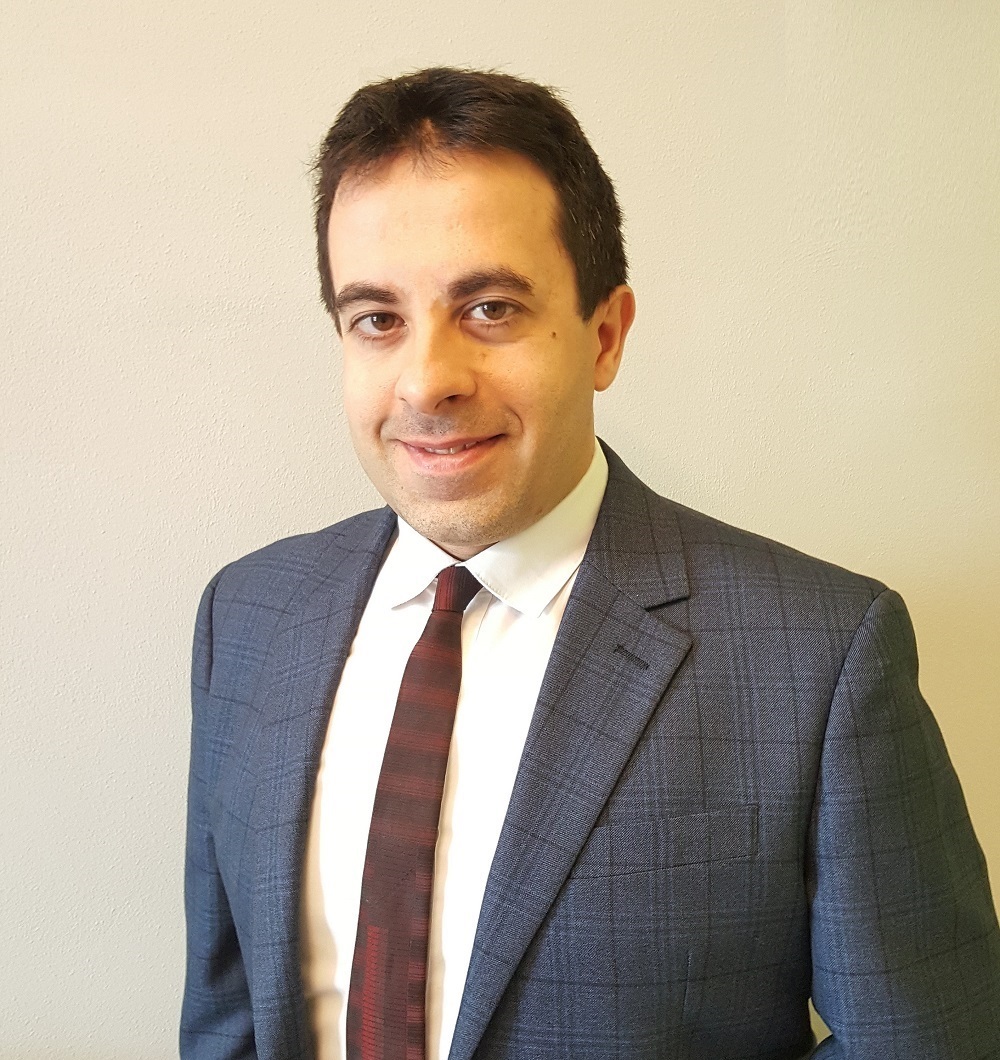72 - Additive manufacturing process optimization for innovative aluminium-carbon fibre reinforced polymer co-cured joints
Abstract
Over the past two decades, significant advancements in production additive technologies allowed the realization of unconventional geometries, that enabled the development of multi-functional (MF), and/or multi-material structures (MM). Integrating these innovative structures into load-bearing applications could revolutionize how mechanical/bio-medical/aerospace components are designed and produced, to maximize, e.g., the final stiffness-to-weight ratio, and/or guarantee a specific degree of compliance [1]. In this study, an overview of the MM joint “Mimosa” [2], is provided. The project involves the design and production of MM joints for commercial aircraft. The bracket is composed of a metal part, manufactured via laser powder bed fusion (L-PBF) with AlSi10Mg, and a carbon fiber reinforced polymer (CFRP) part. The metal part includes a matrix of 3D anchors that can hold the CFRP to form a single lap joint. This solution presents several advantages, such as overall weight reduction, rivets elimination, production process simplification, and reduction of the environmental footprint. On the other hand, to guarantee a high level of structural integrity, several issues need to be addressed, such as the optimization of the anchors’ design and production, understanding the local force transfer mechanism among anchors and fibers, galvanic corrosion, etc. [3]. Given the overall complexity of the MIMOSA component, the present study focuses only on two critical aspects related to the production of the aluminum structure via L-PBF. First, the production parameters optimization for both bulky and relatively thin structures is discussed. Different manufacturing parameters combinations are used to generate cubes (15x15x15mm) and small cylindrical struts (diameter 2mm, height 10mm) to evaluate their correlation with the final members characteristics, in terms of porosity level and surface quality. Archimedes’ density measurements are conducted (range 98-99.95%) to determine the sample density, and µ-CT is used to evaluate the pores topology and distribution, along with the sample external surface morphology. Second, the optimization of a heat treatment that accounts for all the post-processes steps that the plate will undergo to realize the MM-joint, i.e., autoclave curing, is presented. The stress-strain curves on tensile samples are measured to relate the AlSi10Mg mechanical properties with the fabrication parameters and post-treatment profile sequences. Results showed the importance to fine tune the L-PBF process parameters in function of the final part geometry to guarantee high part quality, and the impact of multiple thermal treatments on the final structural strength of the joint.
Speaker

Giorgio De Pasquale
Discover speaker profilePolitecnico di Torino, Torino, Italy
See LinkedIn profileConference
72 - Additive manufacturing process optimization for innovative aluminium-carbon fibre reinforced polymer co-cured joints
Date/Time
21/03/2024
9:30 am -10:00 am
Location
Room 6

